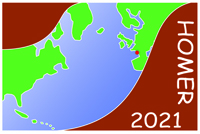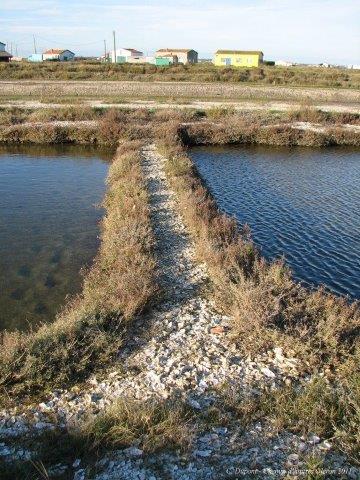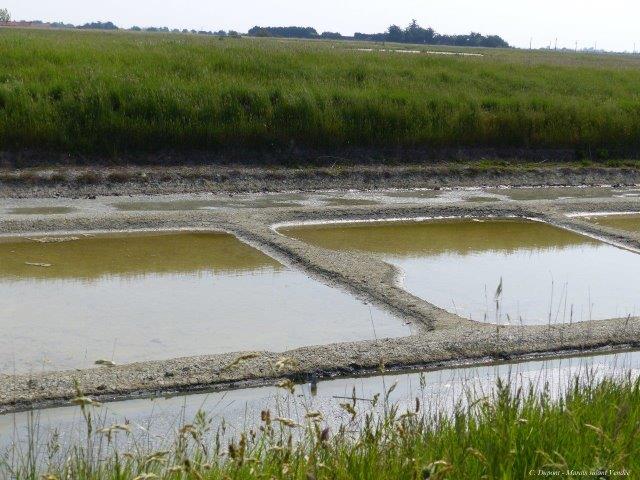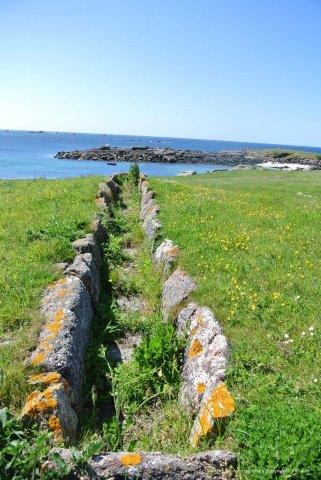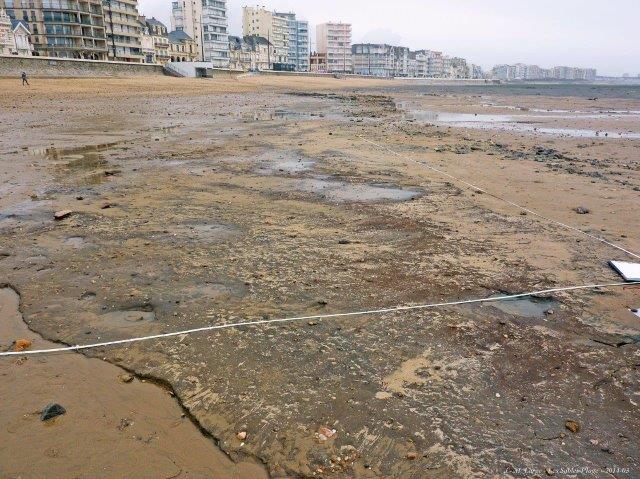Sessions > Session 4
HOMER 2020 - Session 4: The anthropization of the coast: infrastructure, transformation and production techniquesMarine environments provide a diversity of renewable resources that are available beneath the water and on the foreshore, notably those deposited along the wrack line by high tides. Whether they are derived from animals (molluscs, crustaceans, fish, birds and mammals), plants (driftwood and seaweed), minerals (rock, salt, silt and sand) or the result of physical processes (strong currents), people from earliest times have developed various infrastructures to exploit and transform them (beach paths, quarries, fisheries or fish traps, salterns and salt boiling, garum pits and salting pits, dryers, smokeries, salt marshes, seaweed vats, refining ponds, shellfish farms, mills, etc.).Human coastal populations have been able to integrate the resources offered by the ocean into their everyday activities (building, heating, food, etc.) as well as in the context of more specialized activities. Some of the products may have been intended for exchange or trade (salt, dried fish, de-shelled molluscs , salted meats, canning factories, sauces, soda, iodine, dye, etc.). Human impact on the coast is also illustrated by built structures (dikes, defensive systems, etc.) intended to protect populations from human invasion or attack by the sea. The regulatory and economic implications of the infrastructures associated with the exploitation of coastal resources (both raw and processed) will also be discussed in this session.
|
